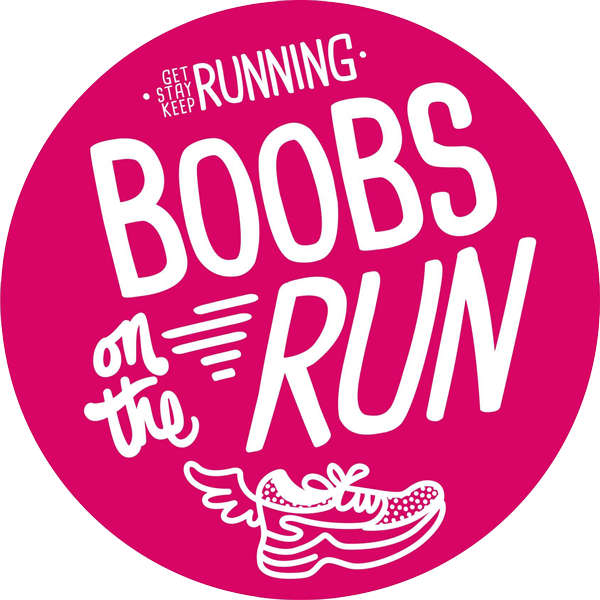A PHYSIO’S THOUGHTS ON RUNNING INJURIES
A massive thank you to Aaron Babb from Aevum Physiotherapy for this blog post
About 90% of running injuries are overuse related and for runners their biggest enemy is often their own energy and enthusiasm. A common mistake that even myself as a running Physio has made is leaving training too late. I know there will be a lot of runners out there that will resonate with this. You booked an event 10 months ago, its now 8 months since and you haven’t been training enough, so what do you do? Quickly ramp up your training and boom, something starts hurting. I have been a running Physio for over 10 years and over that time I have held soooo many runners together with the wonders of sports tape, to the point where they could be misconstrued to be doing the event in a mummy’s costume.
There are a couple of basic rules that have been proven over time to largely prevent those injuries leading upto your first or hundredth running event and we’ll discuss them in this article.
We see a lot of muscle injuries in runners, but by far the most common presentation are tendon injuries and for this reason its important to further explain the tendon. The tendon is the connective tissue that attaches muscle to bone. It’s the junction point the muscle tissue uses to exert load through your skeletal system. See the image below indicating the achilles tendon which is the attachment of the calf muscle group to the heel bone.

There has been some excellent research indicating that tendons are less likely to get injured, the stronger the actual muscle is. But when we look closer it’s not exactly the strength adaptation in the muscle that is a deterrent to injury, it’s the adaptation that occurs to the tendon. Just as a muscle becomes bigger and stronger with exercise so does the tendon. The tendon needs to become thicker and be able to sustain the increased load that the newly stronger muscle can now generate, and this structural thickening is what can help to protect the tendon.
STRENGTH TRAINING AS A RUNNER
A quote I often reproduce is that running is a single legged sport. At any time during the gait cycle one leg is driving you forward and because it is a repetitive movement the same tissue is constantly loaded. So with that in mind we need to ensure that the specific structures coming under load are well prepared to firstly tolerate and secondly produce the forces required. For this reason there are some excellent running specific strengthening exercises out there. At Aevum Physiotherapy we are often updating our social media with great suggestions. These exercises will not only help to create muscle and tendon adaptations to help ward off injury but also improve performance. Many runners are surprised when we show them how weak they are in specific areas to running. Even experienced runners that are doing 100km + per week but frequently getting injured. This is because their cardiovascular fitness is excellent, that is they can run a certain distance without feeling exhausted from a heart a lung perspective, but fail to realise that their muscles started to really struggle 10km back and their form went out the window, which biomechanically is a leading cause for injury – and the thing that makes us Physio’s pull worried faces.
GRADED PROGRESSION IN RUNNING LOAD
There is a rough rule that running Physio’s and coaches frequently apply called the 10% rule. Although this hasn’t been strongly validated with research it has been well tested through time to be an excellent starting point. The rule stipulates that a runner should avoid increasing their weekly load by more than 10% above the following week i.e. If your total running load was 2km last week then try upto 2.2km this week. The beauty of this simple rule is it gives the muscles and most importantly the tendons, time to adapt to the increased load gradually, significantly reducing the chance of injury. The key here is to program well leading unto your event and make sure your not rushing to get your training in last minute before the event.

STOP GRUMPY NIGGLES TURNING INTO ANGRY INJURIES
Lastly niggles. Every runner gets them and they can’t be avoided. But what can be avoided is the potential for that grumpy little niggle to become a daily abusive reminder that something isn’t happy on your body. A lot of my runners have learnt this one over the time they have been seeing me. Due to the repetitive nature of running a small injury can quickly become a big one, particularly when preparing for a long event or doing significant total km’s in the week.
Most Physiotherapist’s experienced with treating runners will not think you are waisting their time or think you are a hypochondriac. More often than not a niggle is a sign that the tissue is beginning to break down under the current load it is under. Small changes in footwear, running surface or minor technique alterations can often be employed to reduce the load on a particular tissue enabling you to keep up with your training and prevent that niggle getting angry. The trick however is to get into see a running specialist Physio sooner rather than later so it can be a simple fix without requiring time off training.
Stay injury free so you can continue to love your running 🙂
Aaron Babb M.A.P.A
MAppSc (Physiotherapy)
BAppSc (Exercise Physiology)
Running Specialist Physiotherapist



